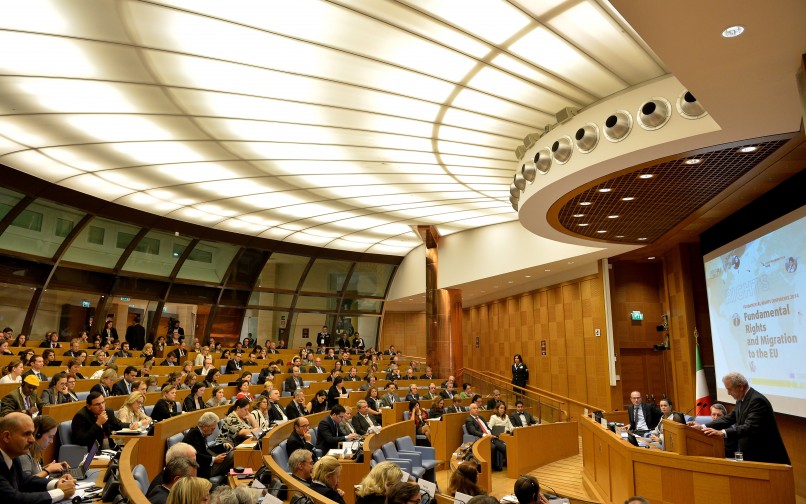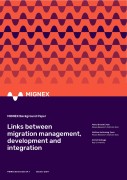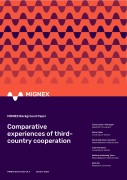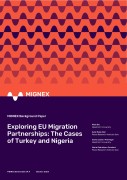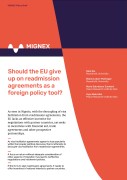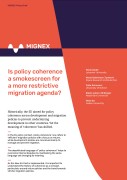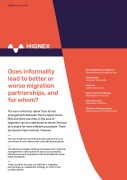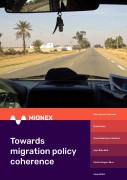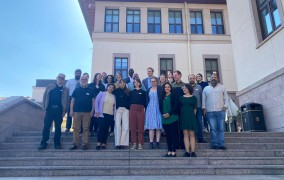Work package
WP9: Coherence
Our Coherence work package addresses the project’s overarching aim of contributing to more coherent, effective and balanced approaches to migration management, which reflect the links between migration and development.
When policies are coherent, they work in support of each other. This is not always the case, neither among development policies, among migration policies, or when we consider migration and development as a whole. For instance, development policy could seek to maximize the development benefits of migration at the same time as certain aspects of migration policy undermine those benefits. This work package addresses policy coherence from three different angles.
Migrant integration and the migration–development nexus
We seek to clarify the links between migration management, development processes, and migrant integration. The integration of migrants in destination societies should be an integral part of a comprehensive and coherent approach to migration challenges. Our analysis does not examine migrant integration as such, but rather the links between migrant integration and the migration–development nexus.
The foundations of policy incoherence
We aim to disentangle the foundations of policy incoherence in European migration and development policy. In other words, we want to pinpoint what stands in the way of coherent policies. In some cases, incoherence may simply result from a lack of coordination; in other cases, incoherence might reflect incompatible objectives. We combine a general examination of European policy with in-depth case studies of a few selected countries of origin and transit.
Overall assessment of third-country cooperation
We provide an overall evaluation of the European approach to third-country cooperation on migration. This analysis builds upon insights from other parts of the project, combined with examination of cooperation tools. We examine whether the objectives and the interventions are feasible, appropriate, and mutually compatible, and we consider unintended consequences of policy interventions.
